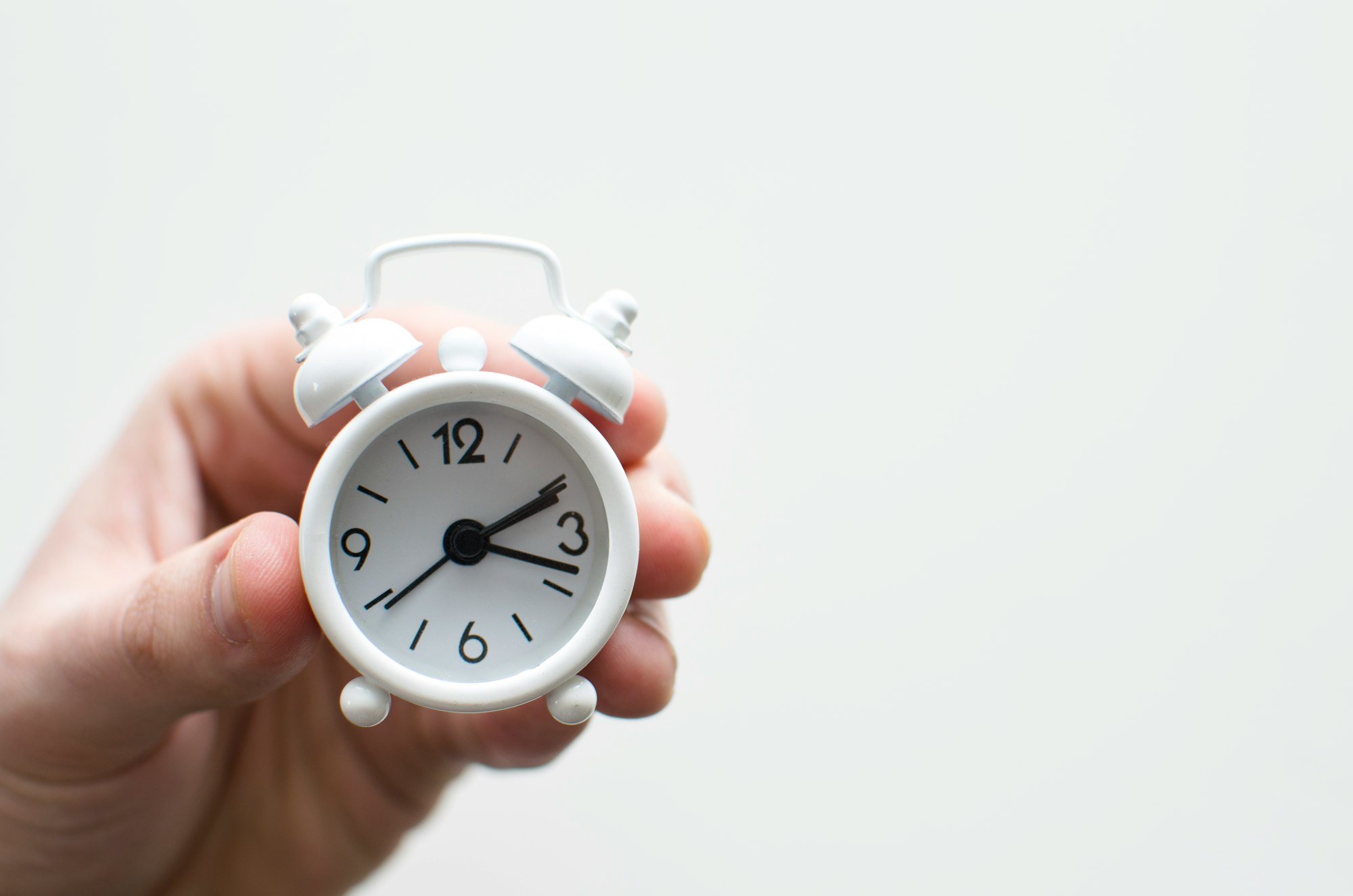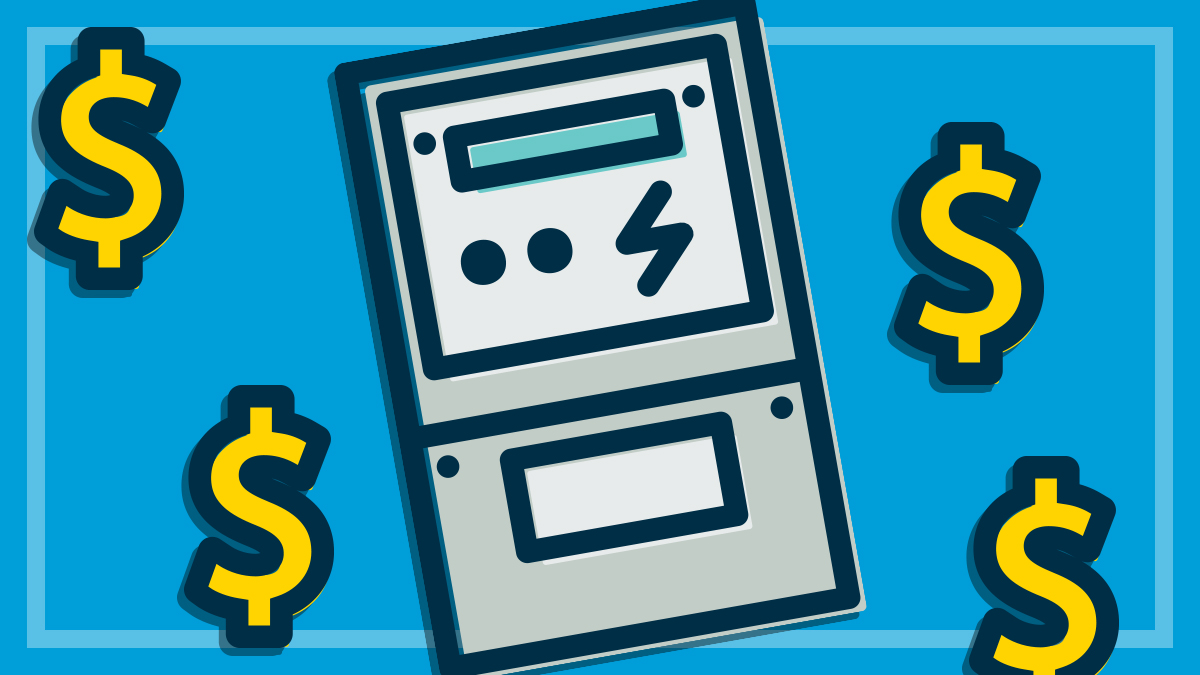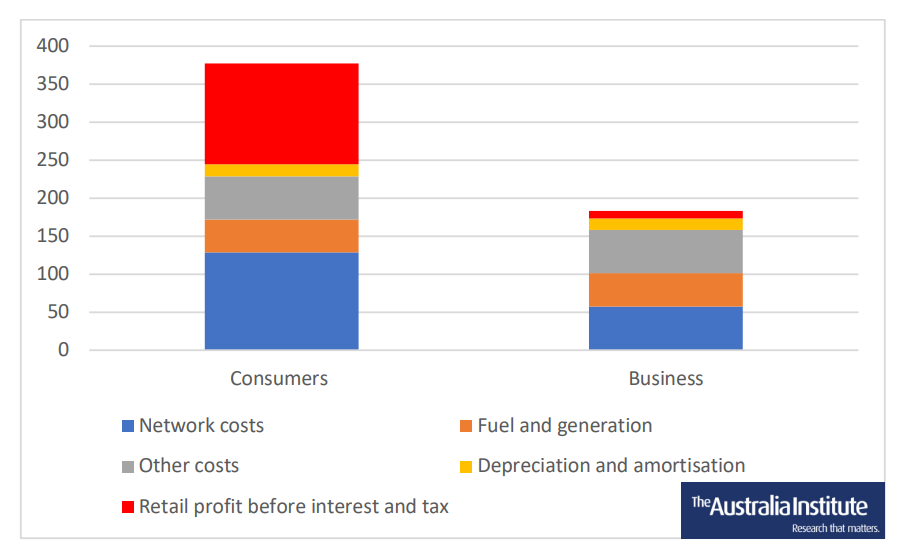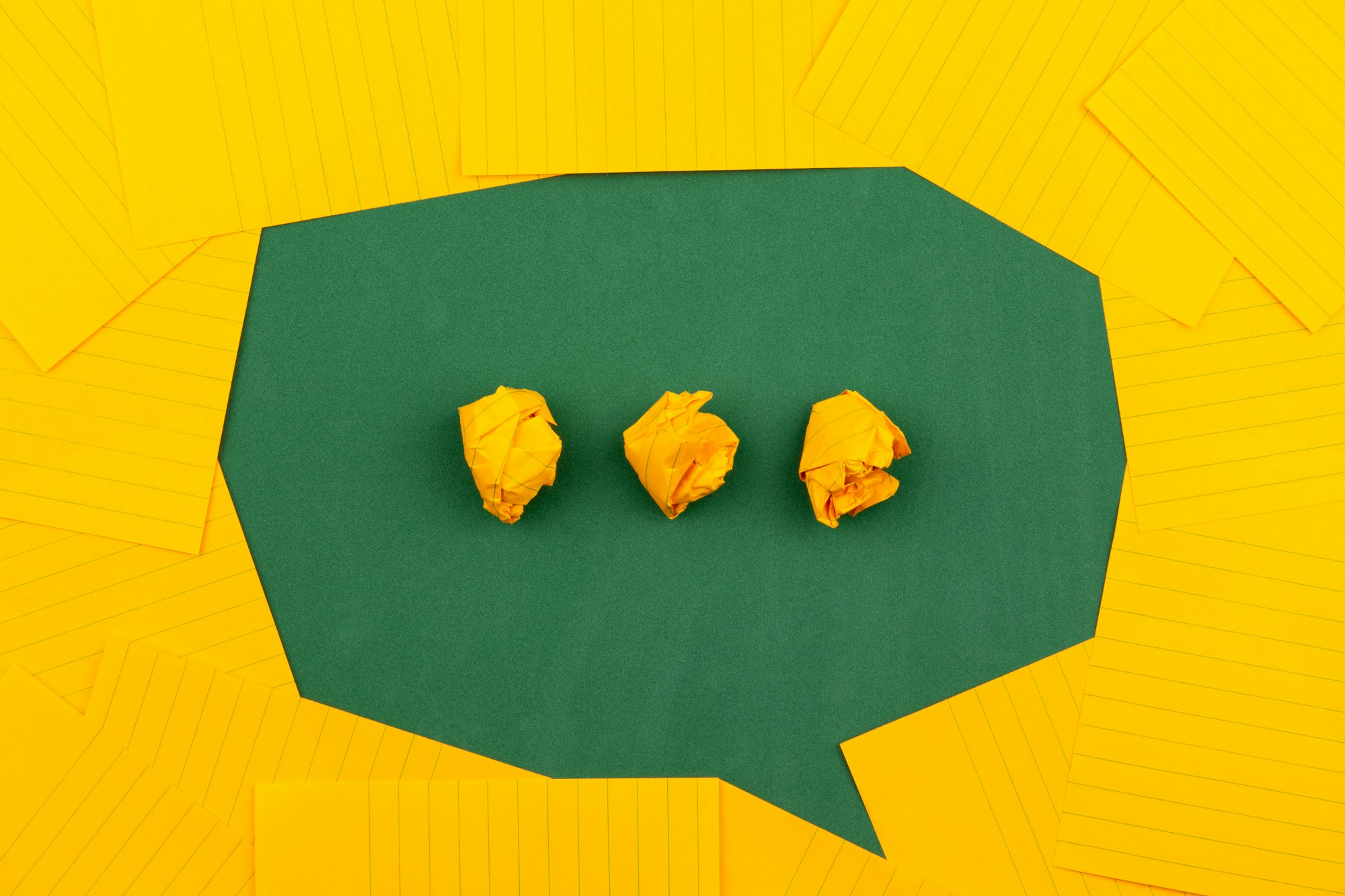Here's the game you didn't know you needed to play
Electricity distribution networks are complicated. So are the games based on them.
A long overdue reset to the tariff reform agenda promises better outcomes for energy consumers. Plus a new report finds that retailers really do charge residential customers more than business.

As 2024 draws to a close, so too does one of Australian retail energy’s most unpopular and ham-fisted policy interventions: consumer-level tariff reform with the forced introduction of so-called ‘cost-reflective’ demand and time-of-use tariffs.
Here at Bill Hero, we’ve been critics of the rapidly accelerating transition to 'cost-reflective tariffs' that the energy industry has been forcing onto energy consumers, and of the astonishing lack of support from industry and regulators, highlighted by the still unbelievable fact that the 'official' comparison services cannot calculate comparisons for Demand tariff bills. Lucky that Bill Hero can, and does.
Our energy regulators have allowed consumers to be forced onto complicated, expensive, punitive ‘cost-reflective' tariffs without education, knowledge or consent.
At last, there is some respite on this front for energy consumers - the AEMC has recently performed a dramatic backflip to require 'explicit informed consent' to be obtained before a tariff change can be applied to a consumer's energy account. Retailers are already obliged to obtain this same level of consent when first signing up each new customer.
We’ll cover that in the feature article for this issue, but before we get into that, we have some holiday housekeeping to get through - the festive season is suddenly upon us, and it's time to get your gifts sorted!
Bill Hero has you covered with our Gift Subscription - give the gift of savings this year, and help your loved ones (or yourself!) to help themselves to energy savings all year round, courtesy of Bill Hero.

Stuck for festive season gift ideas? Give the gift of savings this year with a Bill Hero gift subscription!
Also in this issue is our take on the Australia Institute’s recently published research into the differential between ‘business’ and ‘residential’ energy pricing.
Spoiler alert - yes, retailers really are charging residential customers more than businesses.
Feature story
The tariff reform transition for Australian electricity consumers has been accelerating in step with the accelerated smart meter rollout, now targeting 100% smart meter coverage across the NEM by 2030.

Every time an old meter reaches the end of life, it gets replaced with a smart meter. Every time someone installs solar, they get a smart meter. Smart meters are necessary to support all kinds of energy innovations, so we’re in favour of accelerating the smart meter rollout as a policy objective.
However, the installation of a smart meter comes with an additional and still not widely understood implication that distributor policy is to assign all newly installed smart meters onto a 'cost reflective' network tariff, which usually means that the retailer will in turn impose that cost reflective tariff onto consumers by switching them to a time of use or demand plan.
There are now nearly 1.5m households on these cost-reflective tariffs across QLD, NSW and SA, with many more in Victoria.

The official rationale for this tariff migration has been to mitigate peak demand growth and avoid the consequent network build costs.
The logic is that distribution and transmission networks must be built to a level that can accommodate the biggest expected peak loads because, otherwise, blackouts and load shedding would be required at those peak times. Network build is extremely expensive, so adopting strategies to mitigate peak load growth seems sensible.
The downside has been that many energy consumers suddenly found themselves facing much more complicated and expensive bills after upgrading to a smart meter and usually, this tariff transition happens without any education, knowledge or consent.

The energy industry at large has more or less ignored these consumer complaints and claimed that the tariff reform agenda must continue because it's for the greater good.
Unfortunately, the facts don’t support this position.
Energy Consumers Australia (ECA) research argues that true peak demand events occur only once or twice per year, typically on very hot heatwave days; therefore, applying year-round mitigation in the form of a permanent demand tariff assignment leading to higher costs for consumers, is not necessary.
More importantly, the ECA report finds that peak network utilisation is not actually growing, it has declined over recent years.

Even if peak utilisation was growing, energy consumers have already paid plenty for excess capacity to be built. Between 2007 and 2014 distributors were very successful in rorting claiming government investment funding support for significant 'network augmentation' works, which have been criticised as unnecessary 'gold plating' of the network at consumer expense.
Energy retailers have migrated many customers onto these tariffs, without any education or notification, under a loophole in the energy rules that allows retailers to change a consumer's energy tariff without notice, providing that the distribution network changed its underlying wholesale network rates and tariff assignments first.
This is a very strange situation, since the retailer is, by definition, the consumer's main interface to the energy system. Many energy consumers do not even know which distribution network they are connected to.
And even more incredible, the 'official' sources of information and support for energy consumers - Energy Made Easy and Victoria Energy Compare - still cannot calculate comparisons for a Demand Tariff households. Only Bill Hero can.

The result has been an absolute farce. Electricity distributors have accelerated the migration of energy consumers onto cost-reflective tariffs in keeping with the AEMC tariff reform agenda, and retailers have been quick to match that network tariff assignment shift in the retail plans they push onto consumers, leading to even more confusion and cost for long-suffering energy consumers.


The AEMC has finally acknowledged the problems faced by many energy consumers and announced significant reforms to the rollout of the new cost-reflective tariffs:
Implementing the flat-rate tariff provision will require individual states and territories to update their respective regulations to align with this national directive.

A new research report from the Australia Institute digs into findings originally raised by Professor Alan Fels in the ACTU's Price Gouging Enquiry of February 2024, that there is an unexplained discrepancy in energy pricing for residential vs business consumers.
the [retail] margin for residential and small business consumers is higher than large business

The Australia Institute research digs deeper into this and finds that AGL and Origin Energy overcharge residential households for electricity and gas, achieving profit margins far exceeding those of business customers.
AGL and Origin Energy are charging consumers much more than large businesses and beyond any price differential that can be justified by differences in supply costs.
The report claims a huge discrepancy in retailer profit margins on residential consumption vs business consumption.

According to this research, AGL is achieving an extaordinary 35% profit margin on household electricity, compared to around 5% for businesses.
AGL charges households more than double what is charged to businesses for energy consumption. Only about a third of this difference can be attributed to justified costs like network fees.
Some of this discrepancy possibly could be attributed to time-of-use pricing, where business consumption is more likely to happen during business hours when renewables lower the spot prices, while residential consumption peaks in the evenings when the spot prices are highest.
However, the same outcome occurs in gas pricing, which does not have the same time-of-use pricing dynamics.
For gas, AGL charges households three times what it charges to businesses, achieving a retail profit of $13.9 per GJ on residential sales versus making a loss for business sales.
Origin exhibits a similar outcome, charging households more than double what it charges businesses for gas generating $14.5/GJ profit from households compared to just $1.0/GJ from businesses.
In recent months, energy consumers have enjoyed some energy bill relief courtesy of the federal government's Energy Bill Relief Fund payment of $300 via energy bills, and those in QLD also get the Cost of LivingRebate, delivering a further $1,000 off their energy bills.
Consumers have been partially insulated from energy pricing for a while now through government rebate expenditure. However, fundamental issues remain unsolved in the Australian retail energy market.

The average AGL electricity consumer contributes $755 to AGL’s annual profit while at Origin the comparable figure is $595. The Federal Government’s $300 electricity subsidy barely makes up for half of Origin’s rip off and just 40% of AGL’s rip off.
Government subsidies, like the Federal $300 electricity rebate, only offset a fraction of these excess charges, covering 40% of AGL’s electricity overcharge and about half of Origin’s.
Australia Institute argues that AGL and Origin are exploiting their dominant market positions to extract excessive profits from Australian households and are using these revenues to cross-subsidise business customers. Tackling this issue would not only alleviate cost-of-living pressure for households but also reduce the need for government subsidies, saving taxpayers billions.

Energy Coach's mandate is pretty simple, really - if you reduce your energy consumption, then you'll reduce your energy bills.
For the past few months, as part of our Energy Coach initiative, we've been surveying our not-yet-solar subscribers to better understand how and where Bill Hero can help, and we offered a prize of a one-year free Bill Hero subscription!
We're delighted to announce that it's been won by Bill Hero subscriber Nathan from Cranbourne VIC 3977. Congratulations Nathan, you now have a 12-month extension to your Bill Hero absolutely free!
Thank you to all who responded to the survey. You've helped us shape our thinking about how we can help you navigate the much more complicated energy landscape now emerging for all households, including long-term decisions on solar, batteries, gas appliance replacement, EVs and more.
Stay tuned for some exciting new Bill Hero services that will help you better understand your home's solar, battery and electrification potential, and to actually take steps to install what you need to access the benefits.
Read the current December issue of the Energy Coach newsletter for actionable tips and tricks to minimise our energy consumption as we start moving into Summer.

Here’s yet another recent review from another happy Bill Hero subscriber.

Got opinions about retail energy? Have your say in the comments, but please first read and understand our Community Guidelines.

Savings as a Service is the blog site and newsletter from Bill Hero. Subscribe now and get your energy savings tips and information delivered fresh to your inbox every month.